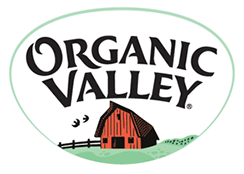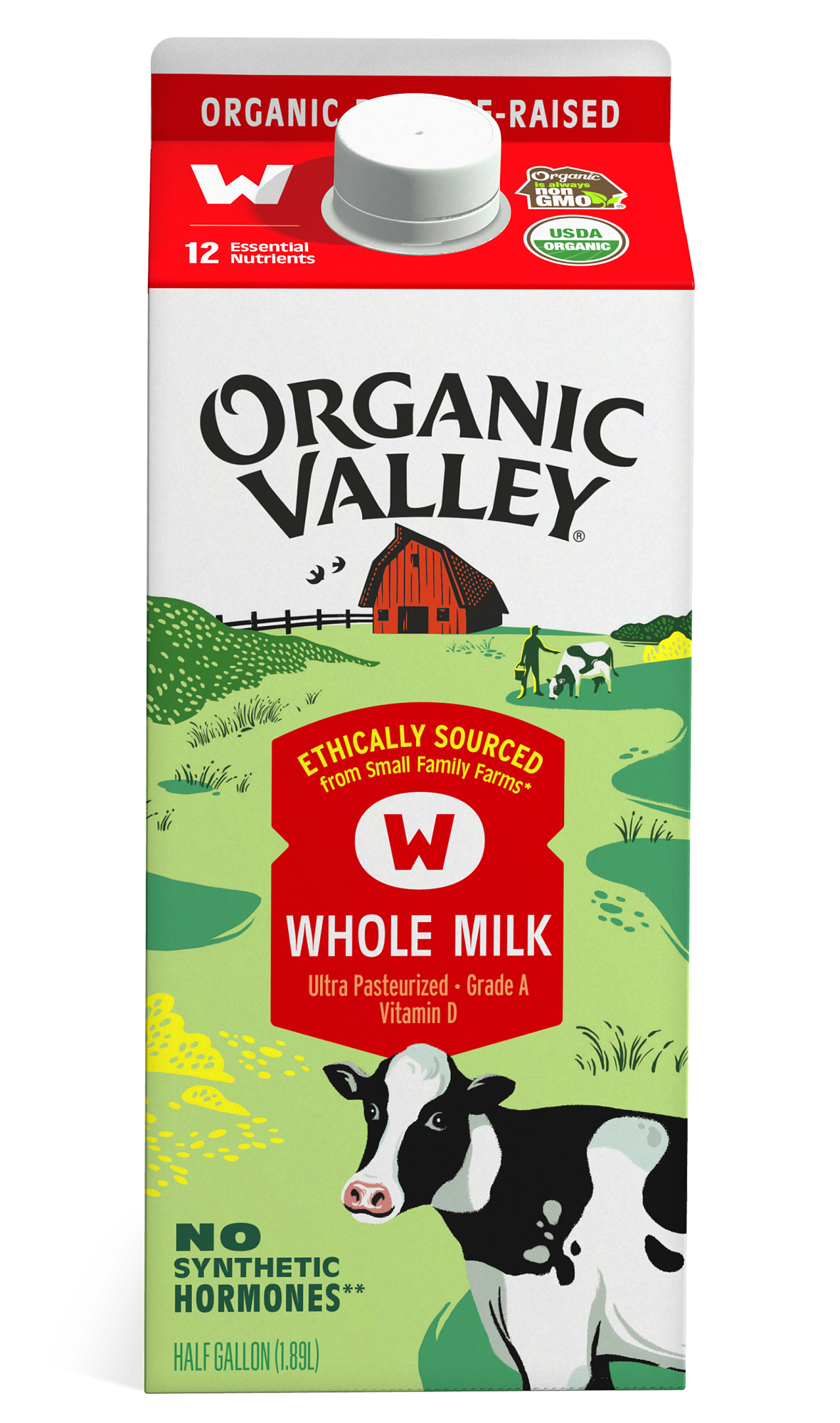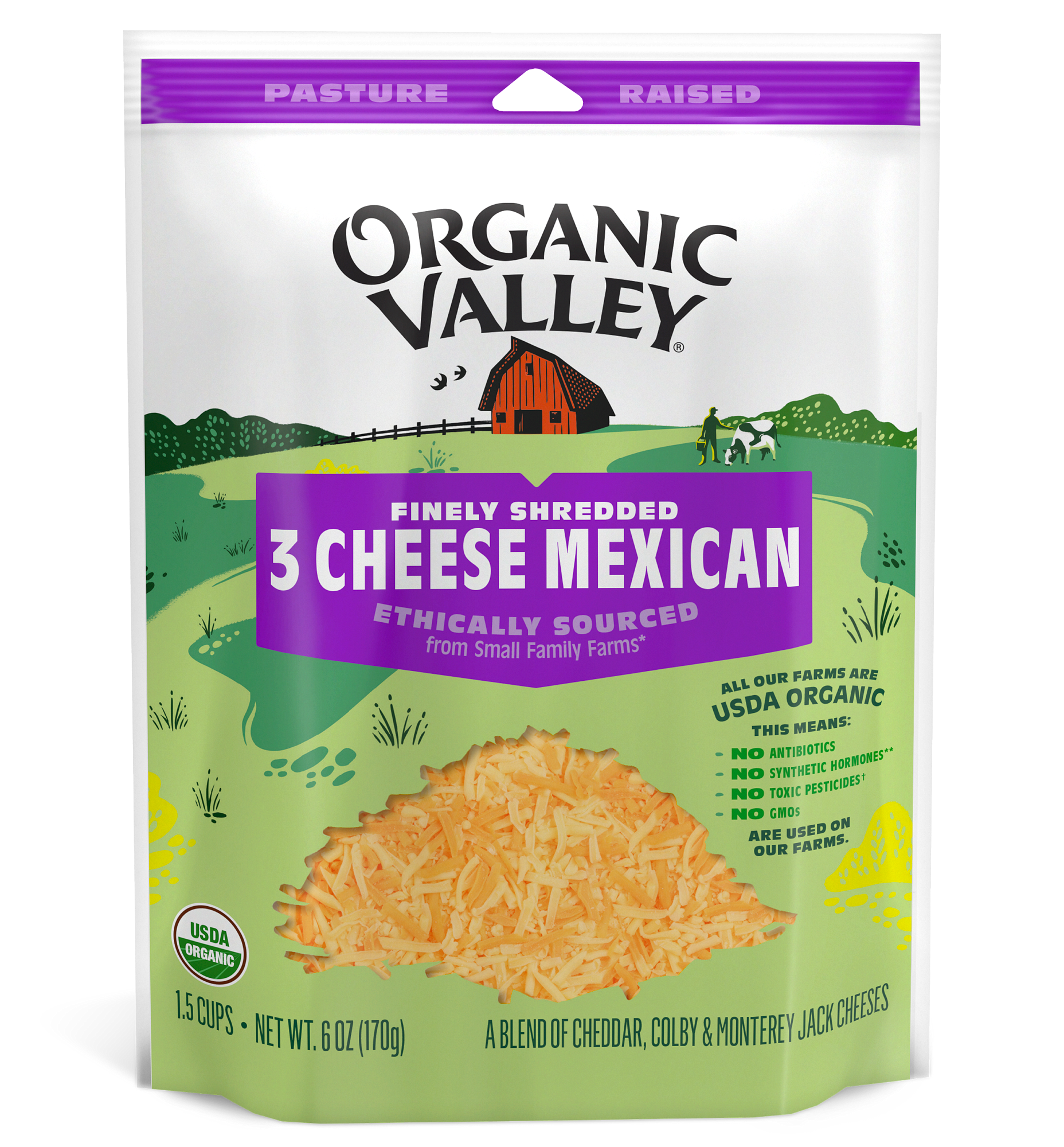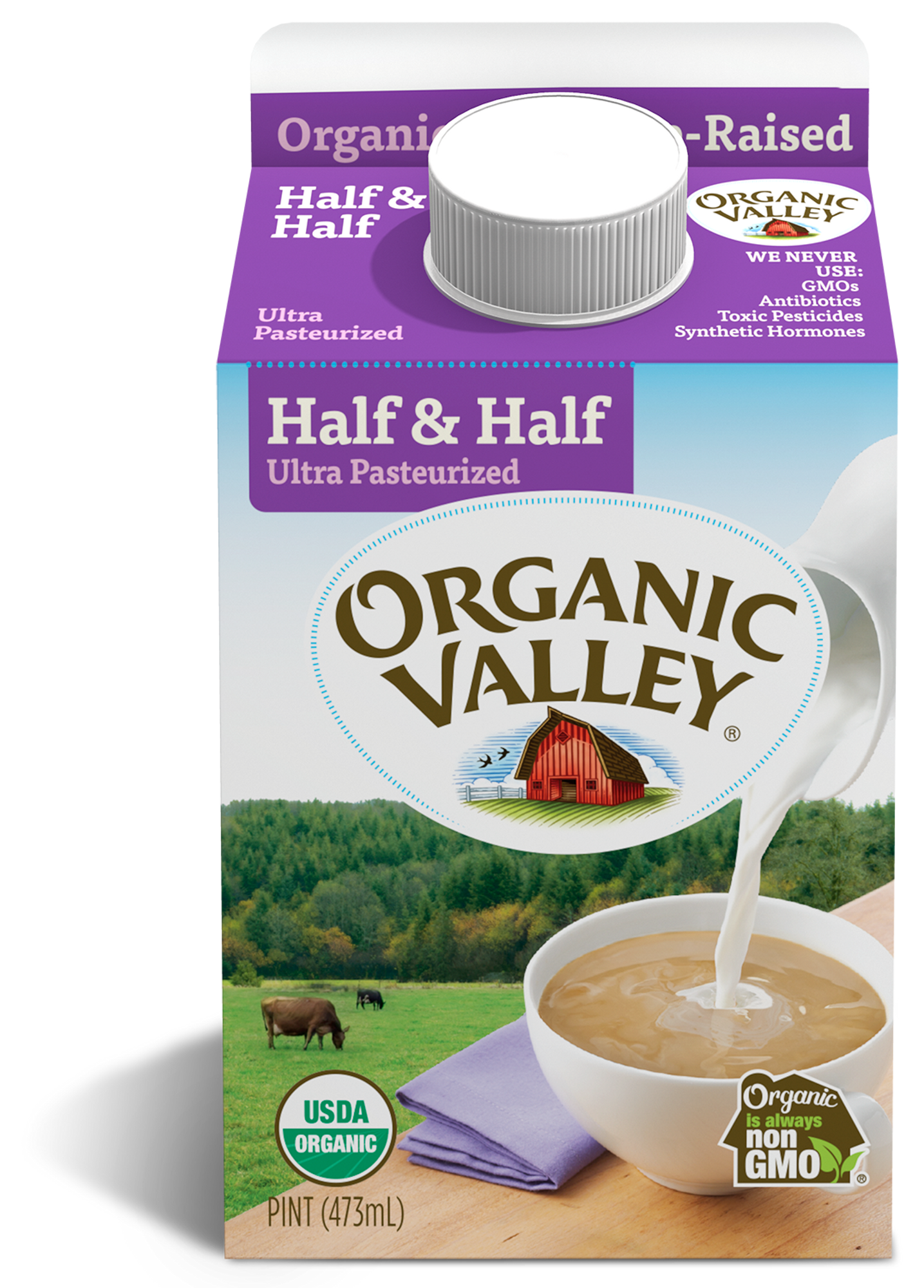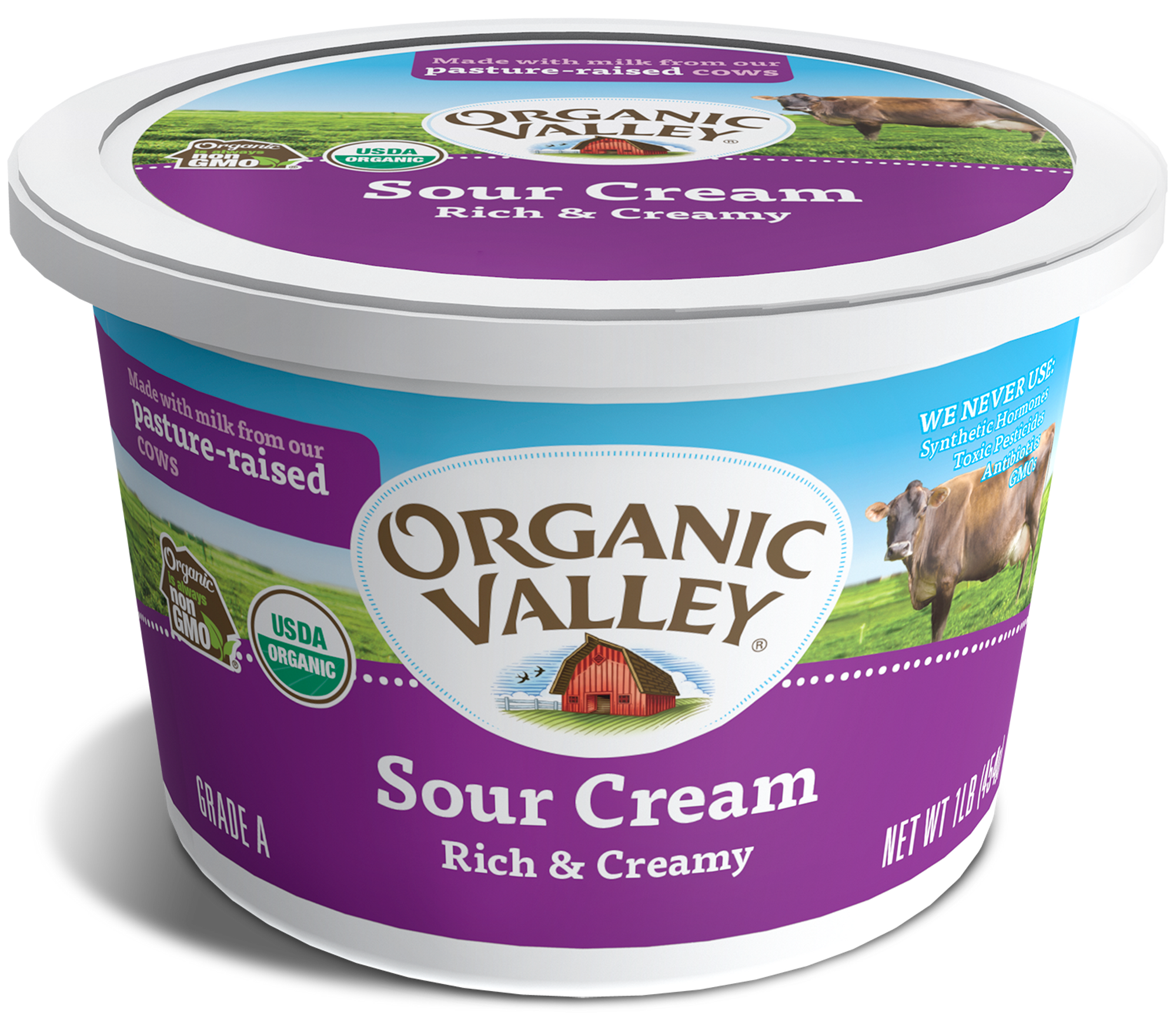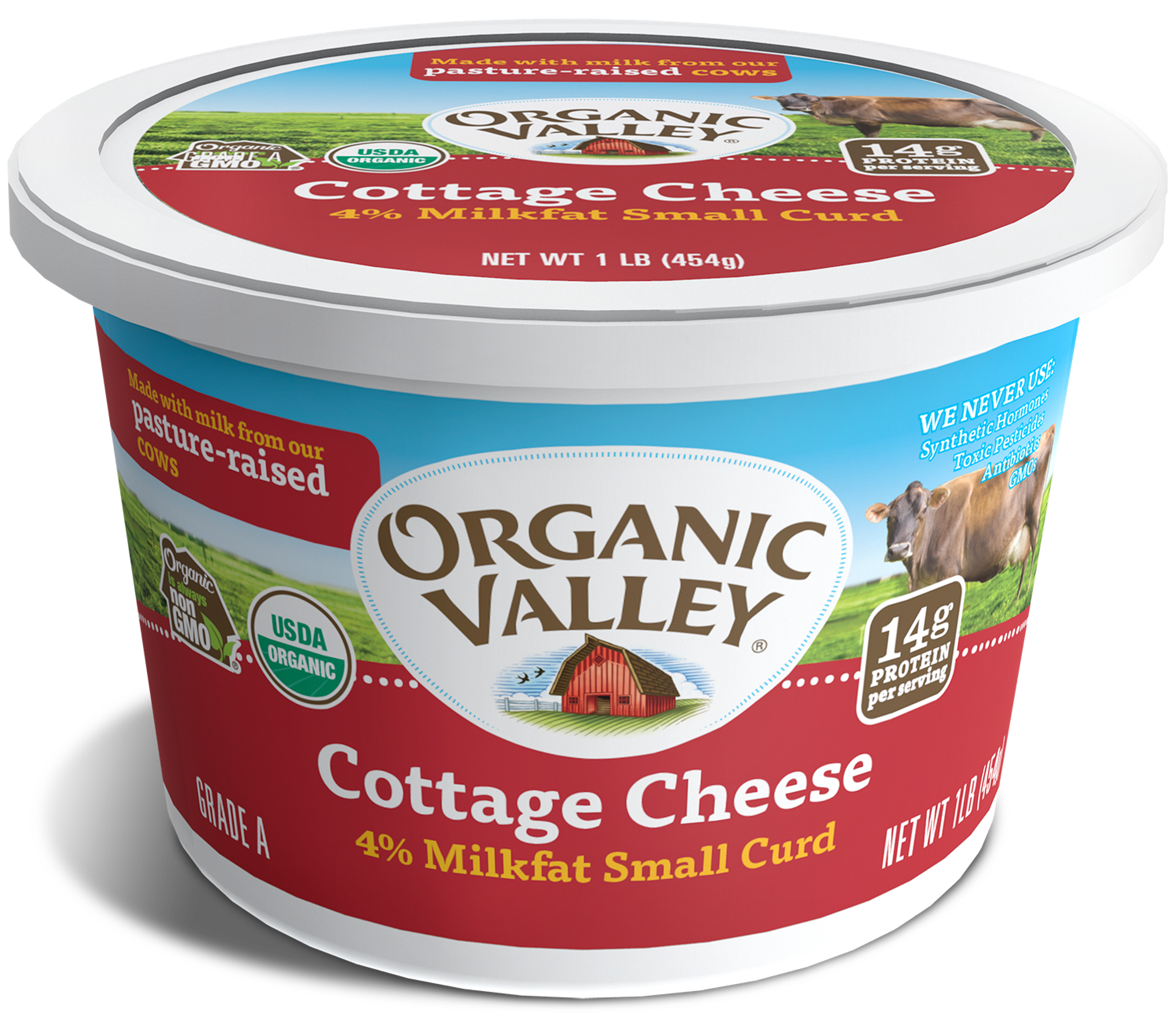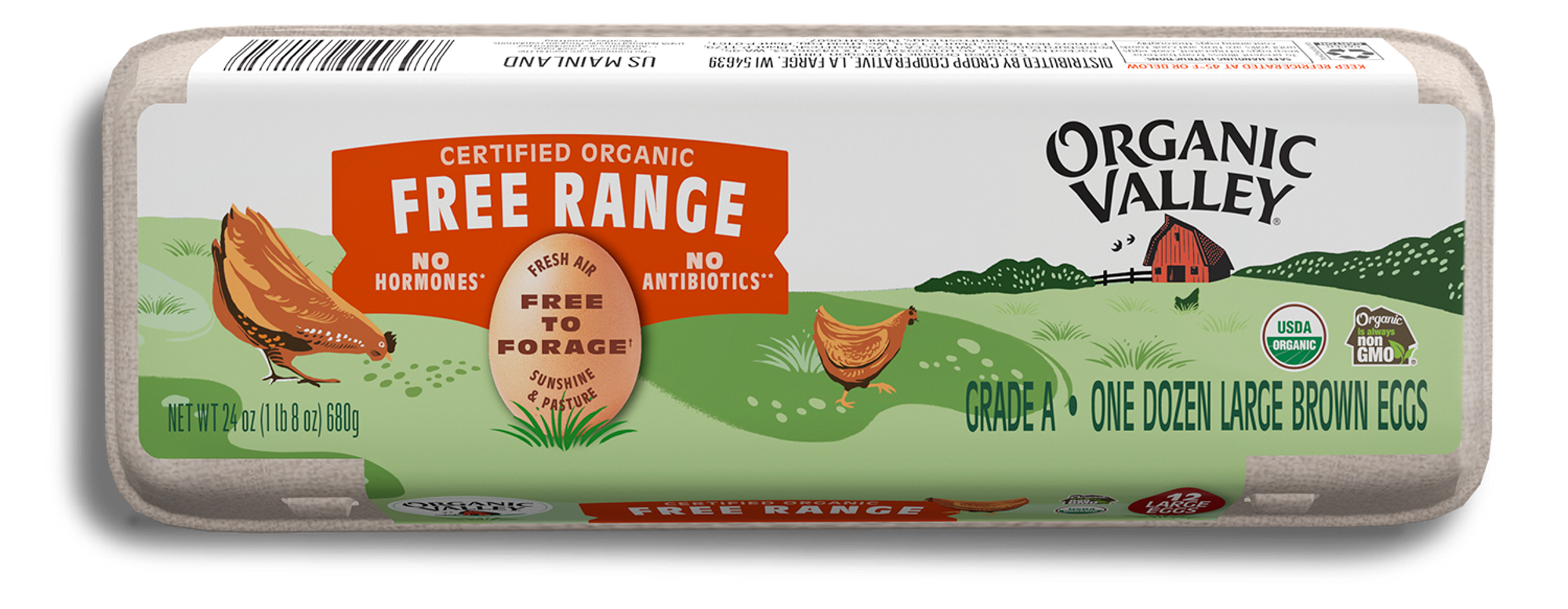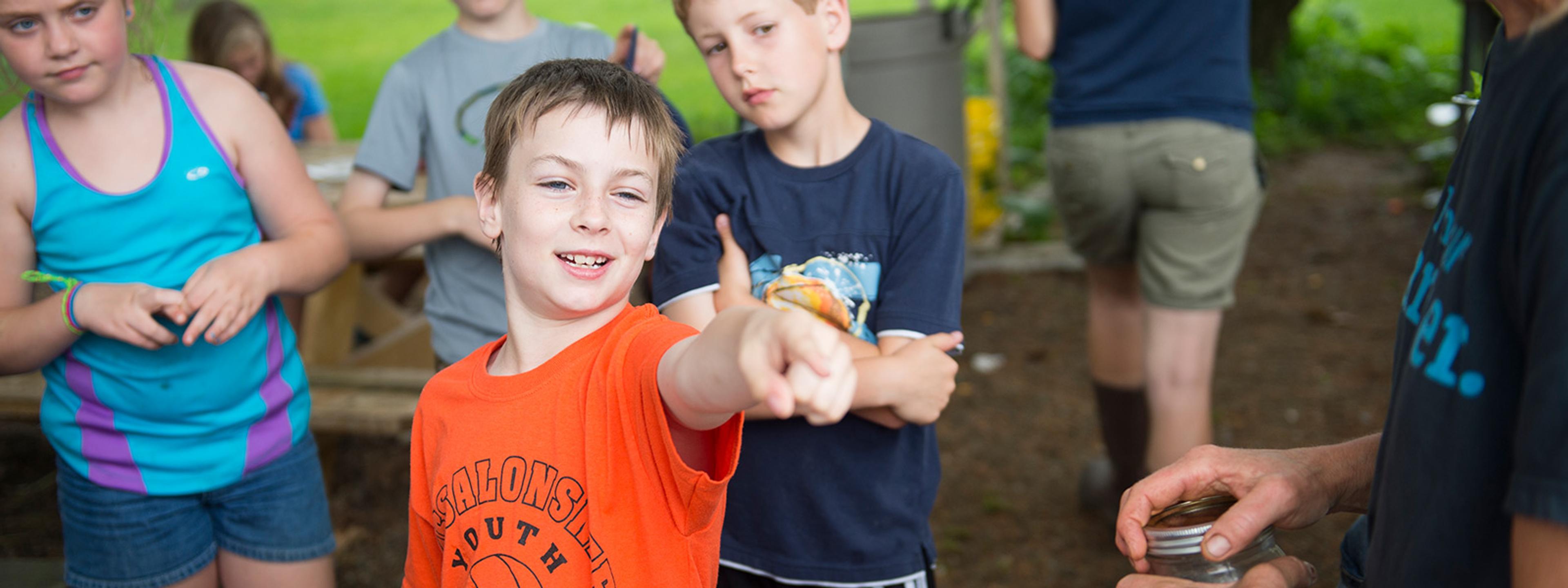
Food
"Tantalizing the Senses" Through Farm to School
Anupama Joshi is executive director and co-founder of the National Farm to School Network, an organization that serves as an information, networking and advocacy hub for communities working to bring local food sourcing and food and agriculture education to school systems and early care and education sites. She is a recognized leader in the farm to school movement, as well as the arenas of food justice and local and regional food systems. For the last two decades, Anumpama has been engaged with nutrition, agriculture and food systems issues in various countries around the world.
This is Anupama’s second appearance on Rootstock Radio. Check out her first episode if you missed it!
“We believe that it’s really important to start the food and farm education with kids at the earliest possible age,” says Anupama, explaining that the National Farm to School Network is honing in on a few projects recently—one of them being incorporating farm to school in early care programs. “It’s not just about giving them the information, it’s about tantalizing their senses in some ways—by tasting, by feeling, by seeing the colors and looking at all of those things that food provides.”
Another area National Farm to School Network has focused on recently is making local, traditional, and healthy food available in native communities in the US. In early 2017, they initiated five tribal community cohorts that they are currently working with on farm to school initiatives such as native orchards, greenhouses, traditional foods in school meals and school gardens. “We realized that these communities had barriers that were significantly more complex than we were aware of, and that we really needed to learn from them but also needed [to provide] some dedicated assistance to them,” says Anupama.
ANNE O’CONNOR: Hello, and welcome to Rootstock Radio. I’m Anne O’Connor. I’m here today with Anupama Joshi, executive director and cofounder of the National Farm to School Network, an organization that works to bring local foods as well as food and farming education into schools and other food service settings like hospitals and businesses. Welcome, Anupama.
ANUPAMA JOSHI: Thank you, Anne.
AOC: So great to have you here with us. We appreciate all the work you’re out there doing in the world. Anupama has served on various boards over her extensive career in the food industry, including Food Corps and Community Alliance with Family Farmers. And you’ve also written a book called Food Justice. Tell us about the National Farm to School Network. What is happening with the network?
AJ: Thank you, Anne. So we, as an organization, the National Farm to School Network has been in operation since 2007, so we are almost ten years old. And just recently our advisory board approved a new strategic plan for the organization that takes us through the next three years. And the plan is really focused on an eye toward sustaining the progress that we’ve made over the last ten years and institutionalizing farm to school and farm to early care and education, which is our core work. And doing that through an expansion of our partners across the country to include all 50 states; Washington, D.C., and the U.S. territories are a new addition in 2017. And really working through those partners to look at innovative programming, partnerships, and policy activities that will ensure that this work continues into the future.
And specifically our focus has been—or will be in the next three years—will be on early care and education settings, Native communities, and then also working with a group of 13 states and the U.S. Virgin Islands as sort of high-priority areas where we’ve seen high rates of obesity and high rates of poverty, but also low farm-to-school penetration. And so we’ve identified 14 locations across the country that we will be investing more resources and providing additional support and technical assistance over the next three years to move them from point A to point B, and having a partnership with them to figure out what that looks like. Is it working on state policy, or is it working on engagement of state agencies, or is it really working on creating a state network from the ground up? Or is it a combination of all of those three things which we think really contribute to lasting change? This is what we’ve learned over the last couple of years and are really wanting to ramp it up in a couple of locations in a dedicated and targeted way.
AOC: Okay, so listeners are getting a sense that the network—if you’re not familiar with the network, it’s an enormous undertaking all across the country, and now of course the territories, as you just mentioned. And I know in the past you’ve talked about why you focus in schools with children. Can you talk a little bit about that today?
AJ: Sure. So the National Farm to School Network’s focus is really on K-12 schools, and over the last five years or so we’ve also expanded into early-care and education settings. And we believe that it’s really important to start the food and farm education with kids at the earliest possible age. And schools and early-care settings are excellent opportunities to get kids to understand where food comes from, to get them to participate in growing food, but then also provide them the opportunities to taste different kinds of foods in a setting that is comfortable and in a setting that they are with their peers. And obviously, as we all know, teachers are our role model, even much more than parents in some ways, at that age. And so really having the opportunity for teachers to serve as role models in terms of nutrition, healthy lifestyles, healthy eating—kids learn from what they see adults doing in schools.
And so there’s a huge opportunity that we have tapped into to work with schools as sort of hubs for creating the opportunity for kids to learn about where their food comes from, to connect with farmers in the area and, I think, create opportunities for them to think about food and agriculture as a way for a healthy lifestyle but also as a way for supporting their local economy, supporting the environment. So it’s sort of a full circle for them because they’re learning about science and they’re learning about history, they’re learning about language arts. And food is a medium that we find is an easy medium to incorporate into existing curriculum or existing subjects that are needed, as part of the curriculum. And that’s sort of the philosophy of the National Farm to School Network.
The reason why the National Farm to School Network was established was really because there was a lot of—a lot of work was happening across the country that was following similar paths that I just described, and there was really a need for bringing it all together so that there could be a common voice for this work that was happening all across the country, and that we were coordinated in a way that we could enable policy change at the federal level and at the state level. And that we were not reinventing the wheel, because there were trainings already available in another state and there were resources available that people had figured out in other parts of the country, and so there was really no need to reinvent the wheel, as they say. And so the sharing of information, best practices, and policy advocacy still continue to be the core functions of the National Farm to School Network. Bringing people together to learn from each other and talk about barriers and figure out solutions to those barriers is really the basis for why the National Farm to School Network exists.
AOC: So you’ve gone from a handful of communities in the 1990s to 42,000-plus—maybe that number is higher now—schools across all 50 states. So you have a lot of experience in bringing these conversations and policy needs from a lot of different kinds of communities across a lot of different places. But you have to get to the adults, right? So can you talk about, is it—in your experience with this work, who’s more receptive, the kids or the adults when you get into schools and try to make some changes in diets and food and the way food is sourced?
AJ: That is a great question. I mean, I have to say, I think the kids are certainly more open. I mean, they’re like sponges. They’re willing to soak in whatever the school environment gives them. So I think they really are sort of a blank slate. I think it’s us adults that are sort of set in our ways where we find it hard to change program and practices, or to change the way we are approaching a particular lesson in class, or change the way the system is currently working. You know, why change, essentially? Because it’s convenient to not change. It is really the kids that drive the growth and drive the trajectory of how farm to school works at the school level.
For example, you can certainly make changes in the school cafeteria procurement practices and provide kids with healthier options, but unless you are also engaging them and educating them about why those options are healthier, and giving them sort of opportunities to taste it before they actually get served in the cafeteria—unless you give them that experience that they have on their own, they’re not going to be eating that product that is being served in the cafeteria.
And so I think it really is upon us adults to be thinking about how kids learn, because it’s not just about giving them the information. It’s about really sort of tantalizing their senses in some ways. You know, taste, by tasting, by feeling, by seeing the colors and looking at all of those things that food provides. Giving them the opportunity to experience that, I think, is the most beautiful thing that you can provide a child.
(9:21)
AOC: You have talked about you have a Native communities program that you’re going to be focusing on and it’s part of your upcoming plan. But you’ve been working in these communities for some time, and I’d love to spend some time talking about what you’re doing in the Native communities. What does that mean for the National Farm to School Network?
AJ: Our engagement with native communities started back in 2008–2009 when we were starting to dig into it and worked with a student—I worked with a student to do 20 profiles of farm-to-cafeteria projects that were happening in Native communities and really looking at the connections with food sovereignty and tribal foods and things like that. And that really piqued my interest. And since then, the National Farm to School Network, in 2015, had our first cohort of 15 Native communities that we brought together to really look at barriers that they were facing in terms of implementing farm to school. It was really a learning process for us and for them as well. And we realized that these communities had barriers that were significantly more complex than we were aware of and that we really needed to learn from them, but also needed some dedicated assistance to them.
And so, since 2014, we really dug into this and I’m happy to say that last year—or early this year, I should say, in 2017—we stepped it up a notch and initiated a cohort of five communities that we are currently working with. They’re based in Montana, Maine, Oregon, Hawaii, and Alaska, so all over the country. We had a huge amount of applications that wanted to be part of this cohort. So it just goes to show the need that tribal communities are seeing for assistance.
And so we’ve supported projects in these five communities that range from a Native orchard to setting up a greenhouse to looking at incorporating traditional foods in school meals, school gardens as well. I think working with our partners at USDA, they’ve been really receptive. They provided a lot of guidance and have been engaged in looking at the barriers and looking at incorporating traditional foods into menus and working with their farm-to-school grantees as well. We’ve also been looking at training and technical assistance needs for these communities. And again, they range from anything along the lines of needing to find ways to test water because there has been contamination found in the groundwater, to training food service staff for handling raw products and preserving food; or looking at having school staff understand the cultural and social aspects of the foods that are in Native communities and how do you incorporate that; or finding funds for infrastructure and kitchen space and staffs and supplies.
AOC: These five communities that you have worked on—so it sounds like some really extensive work and exciting work, trying to just raise that awareness about, hey, it’s okay to have bison or blue corn or whatever the traditional foods are in these Native communities. Tell us about that work on the ground. What is it like to raise that awareness? And what are the complications that you’ve encountered in doing so?
AJ: Yeah, I think what we are hearing from the cohort of five grantees is the barriers that they are facing are around sort of lack of clarity of what is okay to include—what traditional foods are possible to include or not. That’s the first barrier. I think the second barrier that they are facing is really resources—getting staffing on board and getting administration on board; the support that’s needed internally within the school to prioritize farm to school and to get the community into action, to understand that there are benefits to it. So for example, in Hawaii, their project with us, or the support that we were providing with them, was really around the school garden aspect of it, but as they started thinking about this that they really incorporated what they call in Hawaii kanu foods, or traditional foods, so things like taro, breadfruit, sweet potatoes. They actually started growing it in the school garden so that then it could be included into the school breakfast and the school lunch.
And so again, it’s changing the mindset in terms of not just doing a garden because you need to do a garden, but it’s really thinking about what you’re growing in the garden and how you can use that as an educational opportunity for kids, but also how can you use that food into the schools. Because I think, for many Native communities, the supply side of it is also a huge barrier, really. Finding products, finding farmers and producers that have the products that they want to include into the school meal program is not the easiest thing to do. So building the capacity within their own community to grow the food as well as finding other opportunities for even children to grow foods in school gardens if there is space available. And then just providing that training because that’s needed. Many adults that are working in the kitchen setting have never handled a raw product.
(15:02)
AOC: If you’re just joining us, you’re listening to Rootstock Radio. I’m Anne O’Connor, and I’m here today with Anupama Joshi, executive director and cofounder of the National Farm to School Network, an organization that works to bring local food as well as food and farming education into schools and other food service settings. This year they’re focusing on all their regular work and also work in Native communities, and we’re talking about that.
Well, let’s talk about that for a minute. It used to be, I am quite certain, when I was growing up, that the women in the [school] kitchen actually made the food—and I will say women because they were women. And now it seems that most things are delivered prepackaged, precooked, ready to go, heat-and-serve kind of a situation. So you, in trying to incorporate some of these other foods, you really have an entire system. So first, correct if I’m wrong on that. So even if it weren’t Native foods that you were trying to introduce, if you were trying to introduce any kind of food that needed to be actually prepared in the kitchen, what you’re saying is, that skill and that systematic way of doing things has long gone.
AJ: It has, and you’re right in the sense that mostly—I mean, that’s where the “lunch ladies” phrase comes from, right? They’re mostly women. There’s two pieces to it—one, the skills have been lost because the folks that are working in the school setting right now in the kitchens kind of grew up with a convenience food environment, I guess, over the last couple of years. And so they themselves have never handled raw food, even in their personal lives. And then you get into the school system where, again, it is a convenience type of system that is now prevalent, where there’s hardly any kitchen space, A; B, even if there is kitchen space there is lack of equipment because all you need really is a preheat oven kind of thing, and you peel off the plastic and the tray is ready to serve.
And so getting from that mindset to a situation where you’re getting fresh carrots and fresh broccoli, squash, and spinach, and salad greens. So there’s a lot of training that’s required in terms of food preparation and food preservation. Especially as you are looking at fresh products coming into the kitchens, not just Native products but just generally. I’ve heard of kitchen staff that had never seen carrots with the tops and carrots with dirt on it. And they’re just holding it and wondering what they’re supposed to do with it. And it’s not rocket science—you need to wash it, you need to chop it into whatever format you need to get it into, right? (laughing)
AOC: (laughing) Well, but let’s just think about this for a moment. So you talked in the beginning of the show, you talked about how the adults are the models for our children. And you go into school and the model around food is that you take off the plastic and heat it up and put it on a tray and serve it, right? So that is just a model that is not making us the healthiest country in the world. And it makes me wonder how many kids go home to that same kind of convenience way of eating, and not understanding what a carrot is when it has the greens on top.
AJ: Yeah, you bring up a great point, that really the change is happening not just with the kids, but actually I’m really happy because the change is happening with adults that are part of locations where these kinds of projects, not just farm to school but changes in school food, are happening. This is my favorite story of a food service director in Georgia, Donna Martin, who started getting calls from the local grocery store, who essentially told her, “Please give us a heads-up when you are doing this harvest-of-the-month thing in your school, because you’re featuring seasonal product, and our shelves are totally empty because kids are coming in with their parents and wanting that stuff at home as well.” So that, to me, says that change is happening.
AOC: Yeah, so that’s really effective, and that’s what you were talking about, about the kids really being the drivers, right? Because once you start tasting good food, it’s pretty hard to go back to those well, well overcooked carrots that aren’t recognizable anymore.
AJ: Yeah, and then I think we also see that to make this work in schools you really do need to be educating the adults as well. And so I know of many farm-to-school locations that take food service kitchen staff and teachers to a farm for a farm tour, to really get educated about, “This is what it is about. This is what growing food means.” Get them to talk to the farmers so that they understand what the kids are learning as well. And we find that often that is just an eye-opening experience for the adults that really gets them jazzed up about making this change happen too. So it’s a two-way process: the adults need to be excited about it for the kids to get excited about it, but the kids can really be the driving force behind further change. I think once it starts getting initiated, the opportunities are endless for children to explore food and farming and agriculture.
(20:47)
AOC: So, Anupama, you have a son, and do you cook with him?
AJ: All the time. We love cooking together and have done so for—he’s almost 15 now. And I can certainly say that those early years of engaging him in the kitchen, even when he was super young—extremely helpful, I think. I tell that to anybody, and anybody that can listen to me, or will listen to me.
AOC: My kids also are very comfortable in the kitchen. If we don’t have fresh produce in the house I am hearing about it immediately. I feel very, very lucky that they’ve been able to grow up having that experience. We live in a very rich farm community, so we have a lot of access to great food, and easily. But that’s not the case for everybody.
And you wrote a book about this. Let’s talk about Food Justice a bit, because not everybody does have access to this, and so what are people eating that don’t have access? And what are you doing on the policy side with the network to address some of these deep challenges in communities?
AJ: Yeah, I think it’s a major—food access is a major issue, not just in the U.S. but I think worldwide, where access to food is… Well, there are inequities in how communities are accessing food, and most of the reasons for the inequities are based around race and income. And so really looking at those inequities and… One of the reasons why the network has gone in this direction, to look at and identify 14 locations that we want to focus on, and then focus on Native communities very specifically as well, is because there are inequities in Native communities in terms of food access, and in most communities that are communities of color or low-income communities, the obesity rates are higher for those communities. The poverty rates are higher as well. I don’t need to give you the statistics, but the statistics show that the Native communities are also at higher obesity rates. They are suffering from diabetes and diet-related diseases specifically because of changes that have happened in their diets over the years that have taken them away from their traditional foods.
And so to me, that is the reason why the National Farm to School Network is invested in this work, because farm to school really is a strategy that is available to all kids irrespective of income levels. And so our school meal program kind of provides an opportunity to reach all schools, to reach all children, irrespective of whether it’s a high-income, well-to-do community where parents are really excited about this change. No—I mean, that’s great, yes, but it’s important that we can institutionalize this work in a way that all schools and all kids in this country have access to these wonderful programs and that it’s not an exception, it is a norm. And so we are at like, what, 42,000 schools in the country right now, which is about 42 percent. So we have a long way to go. I mean, we’re not even—we’re almost at halfway, but there is a lot of work to do in terms of looking at setting up systems so that this is not dependent on, or these programs are not dependent on a dedicated parent or a passionate food service director or—
AOC: Right, they’re institutionalized, they’re part of the fabric of the community and the school and the whole way of thinking about school and food.
AJ: Exactly, exactly. And so that’s really the vision of the National Farm to School Network in our strategic direction and thinking and in prioritizing locations. Our work over the last ten years has really stepped it up in a way that we moved from just a handful of sites to 42,000. And that’s, I think, fantastic and something that we should be really proud of. But the next iteration of growth really needs to be focused on locations that need that additional support. We recognize that, as an organization, unless we do that, we are not going to be able to see change that is really influencing obesity rates and diet-related diseases. You need to start seeing some changes in terms of numbers in those statistics. We hope so, over the next couple of years, that we will.
AOC: Anybody who’s been around food and schools even a short time has heard this before, but it bears repeating: that for some children, the way that they get their food each day is at school, right? That that’s where they can count on a meal. And that’s true in this country in more places than we care to recognize. It’s just imperative, then, that the schools think of food as a life-giving, health-giving resource, right?
AJ: Yeah, for many kids, as you’ve correctly said, the school meal or the school lunch is really the only meal that they’ll probably get. I mean, one in five children in the U.S. are at risk of hunger, and that number increases for African Americans and Latinos. And so the disparities in even those very severe obesity and hunger rates that we see is much more in African-American communities and Latinos and in Native communities. And there is absolutely a reason for us to prioritize working with these communities to build our capacity to reverse the trend.
AOC: Yes. Anupama, so much good information, so much good work. Thank you for all that you and the network are doing out there in the world. If our listeners would like to learn more about National Farm to School Network, where should they go?
AJ: They should go to our website, www.farmtoschool.org. And we have a lot of information about the Native communities work that we’re doing, and we continue to add more information. We also have a large resource database that I will point out to you. These are best practices, case studies, reports, things that people can use, tool kits that folks can use. So I would highly encourage you to take a look at that—you can search.
The last thing that I will say is we also have a map of the United States under our network, and that gives you contact information for our partners, the National Farm to School Network partners all across the country. These are the experts in your state. So if you’re looking at getting into farm to school or have questions, contact your core partner, NFSN core partner or supporting partner to pick their brain on what you could be doing.
And then lastly I will say that next month, October, is Farm to School Month, and it is an opportunity for all of us to celebrate the wonderful things that are happening across the country. And we have a lot of content up on our website in October that is really highlighting some of the innovative things that are happening. So I highly encourage you to get on our website, sign up to receive our e-newsletter so that you get more information, get on our mailing list. Keep in touch with us, and we would love to hear from you about what you’re doing as well. Certainly send us information about your projects, and we’d love to figure out a way that we can highlight that on our channels.
AOC: Thank you so much for joining us today, Anupama.
AJ: Thank you, Anne. I appreciate it.
